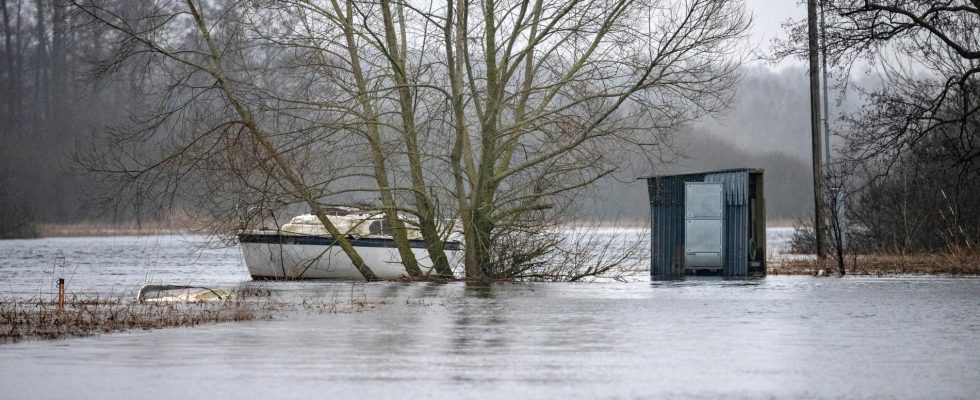unsaveSave
expand-left
full screenIf the groundwater in the ground is significantly higher than usual, the risk of flooding also increases. Picture from Helge å in Skåne in mid-February. Photo: Johan Nilsson/TT
High groundwater in the southern part of Sweden increases the risk of, among other things, floods.
But it is still good that the water is topped up.
The groundwater level is now well above the normal for the season in Götaland, as well as in southern and eastern Svealand.
– In some places we are close to record levels, calculated from 1961 for which we have data, says Carl-Erik Hjerne, groundwater expert at Sweden’s Geological Survey (SGU).
Rain and more rain
Heavy rains at the end of last summer are one reason. Heavy rain and early snowmelt during winter is another.
– Overall, the replenishment that took place during the autumn and winter is positive. But now it is no longer needed.
– We would have liked to see high levels later, with replenishment closer to the summer period. It would have been an advantage, says Carl-Erik Hjerne.
High groundwater and the risk of flooding have a natural connection, but the high water levels underground also cause other problems.
The ground can become soft and waterlogged, so that you cannot drive there with tractors or other heavier vehicles. This helps agriculture, which wants to get started with spring work.
Private wells run the risk of receiving less clean water from the surface layer of the ground. It may be time to take a water sample.
Reacts quickly
The high levels are mainly found in what geologists call “small groundwater reservoirs”.
– It is ordinary forest land, moraine land. Most people with their own wells get their water from there. They are very common, given the surface of Sweden, says Carl-Erik Hjerne.
– They react quickly to weather changes. If we get a dry spring, then we won’t have much of the high groundwater levels left there for the summer.
It is different with large groundwater reservoirs, often cobblestone ditches, from which some municipalities draw their water. They fill more slowly, but can also dry better.
– But it’s too early to say hello. We don’t know what the weather will be like for the next six months, warns Hjerne.
Moving north
When spring hits in earnest, the map’s area of unusually high groundwater will move north. The snow melts in northern Sweden, while the plants wake up in the south and begin to absorb water and nutrients from the soil.
High groundwater levels have of course occurred in the past.
– The difference now is that we generally have it over a larger area in southern Sweden, says Carl-Erik Hjerne.
